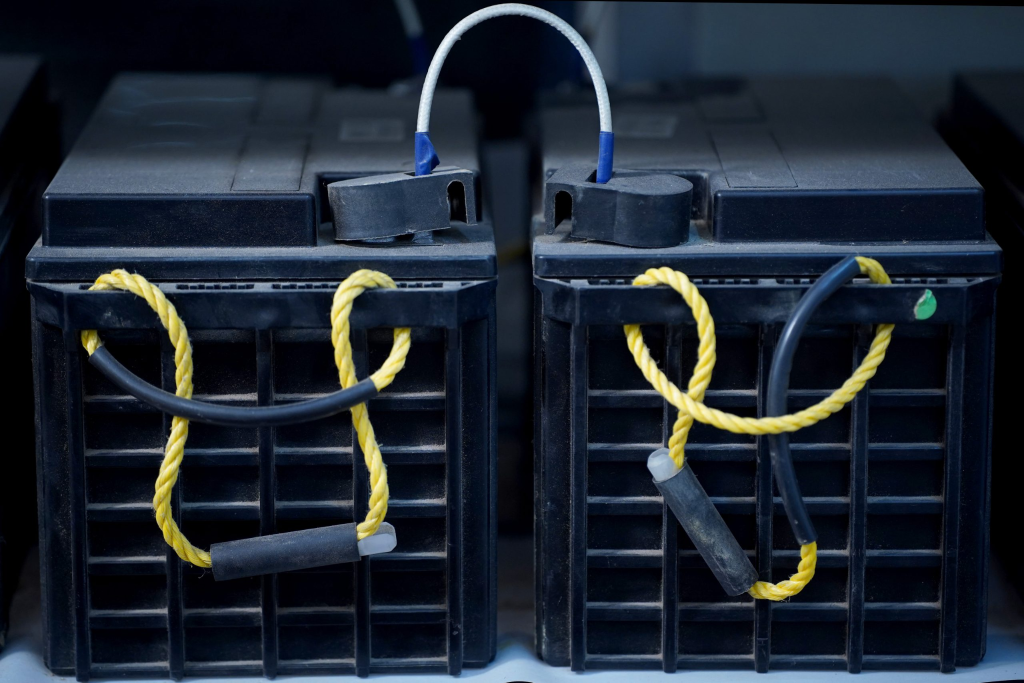
Golf carts, now ubiquitous in golf courses, residential communities, and even some business environments, depend heavily on efficient charging systems. These systems ensure the vehicle’s readiness and reliability. However, just like any mechanical system, they are prone to issues that can hinder their performance. Understanding these problems is essential for maintaining your golf cart’s operational efficiency and longevity.
What Are the Signs of Golf Cart Charging System Problems?
Identifying early symptoms of charging system troubles can save time and prevent more significant complications. Here are some indicators to watch for:
- Slow Charging: If your golf cart takes longer than usual to charge fully, it might indicate an issue with the charging system.
- Incomplete Charging: A fully charged battery that doesn’t hold a charge or shows less than full capacity could be signaling a problem.
- Battery Overheating: Excessive heat during charging is abnormal and can be dangerous, pointing to issues within the charging circuit or the battery itself.
These symptoms suggest an underlying problem that requires attention to prevent further damage and ensure safety and efficiency.
How Do Golf Cart Charging Systems Work?
 Understanding the mechanics of your golf cart battery charger is pivotal in diagnosing and fixing issues. Essentially, the system includes a charger that converts AC power to DC power, feeding it to the batteries at the correct voltage. Key components include:
Understanding the mechanics of your golf cart battery charger is pivotal in diagnosing and fixing issues. Essentially, the system includes a charger that converts AC power to DC power, feeding it to the batteries at the correct voltage. Key components include:
- Charger: The device that manages the power conversion and controls the charging rate based on the battery’s condition.
- Batteries: Where the golf cart’s power is stored, typically requiring regular charging to maintain optimal performance.
- Voltage Regulator: Ensures the battery receives the right voltage, preventing overcharging.
By keeping these components in check, you can ensure the effective operation of your golf cart’s charging system.
Types of Golf Cart Batteries
Various batteries can be found in golf carts, including lead-acid, AGM (Absorbent Glass Mat), and lithium-ion batteries, each with specific advantages and maintenance needs. Lead-acid batteries are common but require regular water top-ups; AGM batteries offer better durability with less maintenance, and lithium-ion batteries provide a lighter-weight option with faster charging times.
The Role of the Voltage Regulator
The voltage regulator is crucial in a golf cart’s charging system. It manages the voltage to the batteries, ensuring they are not overcharged, which can extend battery life and enhance performance. This component needs to function correctly to maintain system reliability.
What Causes Golf Cart Charging Issues?

Several factors can lead to problems within a golf cart’s charging system:
Battery Age and Maintenance
The lifespan and performance of golf cart batteries diminish over time. Regular maintenance, such as checking the water level in lead-acid batteries and ensuring clean and tight connections, can mitigate some aging effects.
Electrical Faults
Common electrical issues include worn or corroded wires and connections. These faults can disrupt the flow of electricity, leading to poor charging performance or even non-operation.
Charger Malfunctions
Problems with the charger itself, such as a faulty cable or a damaged port, can prevent a golf cart from charging properly. Regular inspections can help catch these issues early.
Step-by-Step Guide to Diagnosing Golf Cart Charging Problems

To effectively diagnose issues with your golf cart’s charging system, follow these steps:
- Visual Inspection: Check for any obvious signs of damage or wear on cables, connectors, and the charger itself.
- Voltage Checks: Use a multimeter to test the battery voltage and ensure it matches what’s expected at various charging stages.
How to Test a Golf Cart Battery
Testing a golf cart battery involves several steps, including:
- Visual Check: Inspect the battery for any physical defects.
- Voltage Test: Measure the voltage across the battery terminals with a voltmeter.
- Load Test: Apply a load to the battery and monitor the voltage behavior.
How to Inspect the Charger and Connections
Inspect the charger for any signs of damage or malfunction and use a multimeter to test its output. Also, ensure that all connections are secure and free of corrosion.
How to Fix Common Charging System Problems
Once you’ve diagnosed the problem, fixing it might involve:
- Replacing Batteries: If the batteries are beyond their useful life, replacing them is often the best solution.
- Repairing or Replacing Faulty Chargers: Depending on the diagnosis, the charger may need repairs or a complete replacement.
Replacing Golf Cart Batteries
When replacing golf cart batteries, ensure you choose the correct type and size for your cart. Follow safety guidelines strictly to avoid accidents.
Repairing or Replacing Faulty Chargers
Decide whether to repair or replace based on the cost and the extent of damage. Sometimes, replacing an old charger with a new, more efficient model is more economical in the long run.
Preventative Maintenance for Golf Cart Charging Systems
 Regular maintenance is key to avoiding frequent issues with your charging system. This includes:
Regular maintenance is key to avoiding frequent issues with your charging system. This includes:
- Regular Battery Maintenance: Clean terminals, check fluid levels, and ensure connections are tight.
- Charger Care and Storage: Handle the charger with care and store it in a dry, safe place to prevent damage.
Upgrade Options for Golf Cart Charging Systems
Upgrading your golf cart’s charging system can offer significant benefits, such as improved charging efficiency and longer battery life. Consider smart chargers or energy-efficient models for better performance and durability.
Benefits of Upgrading Your Charging System
Upgrades can lead to faster charging times, reduced energy costs, and extended battery life, enhancing your golf cart’s overall efficiency and reliability.
Conclusion
Maintaining a healthy charging system is crucial for the performance and longevity of your golf cart. Regular checks, timely maintenance, and understanding how to diagnose and fix issues will keep your golf cart ready and reliable, ensuring you enjoy its benefits without interruption.
Information contained on this page is provided by an independent third-party content provider. Binary News Network and this Site make no warranties or representations in connection therewith. If you are affiliated with this page and would like it removed please contact [email protected]



Comments